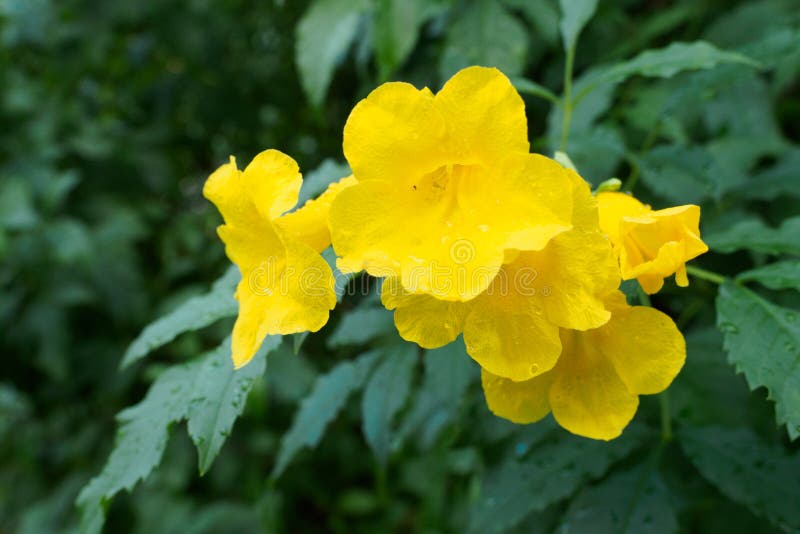


When growing gloxinia houseplants as annuals, they don’t need repotting. Use a high- phosphorus liquid plant food every two weeks on your flowering gloxinia houseplant. If allowed to dry out, gloxinias go dormant. The leaves develop brown spots if they get wet, so apply the water directly to the soil under the leaves. Water gloxinias often enough to keep the soil moist. Growing gloxinia houseplants thrive in average room temperatures of between 60 and 75 degrees F. A location near a sunny window just outside the reach of the sun’s rays is ideal. Place gloxinias in a bright area, out of direct sunlight. Gloxinia flower care is not too difficult. Therefore, these plants are best grown as annuals, and since they are discarded after the bloom cycle, gloxinia flower care focuses on keeping the plant looking fresh while it is in bloom. These gloxinias produce an outstanding display for about two months, but once the flowers fade, the plant rarely comes back because it invests all its energy into flowers rather than sturdy roots. Today’s gloxinias are hybrids bred to quickly produce a large number of blossoms. After a period of dormancy, the plant would regrow, delighting its owner with a fresh flush of big, velvety flowers. A few years ago, a gloxinia flowering houseplant ( Sinningia speciosa) was considered a perennial the plants would bloom and then die back.


 0 kommentar(er)
0 kommentar(er)
